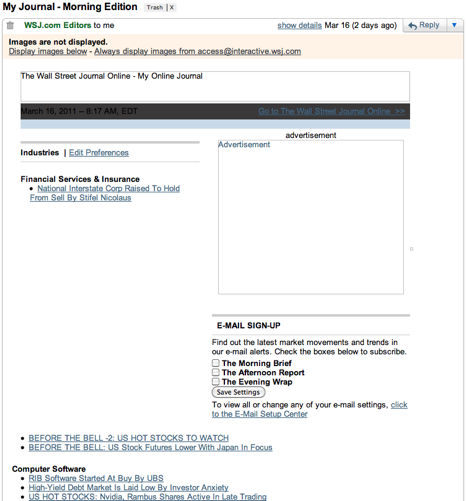Never.
That is, according to Mark Suster who has a superb post on TechCrunch
They [a services startup] have created two internal technology “products” and wanted to figure out how they could turn their services business into a product business that could be financed. This team is talented. They wanted advice. And probably some money.
I gave them advice I don’t think they were expecting from a VC,
“Don’t raise venture capital for this business. Ever. And stop effing around trying to create a product company.”
The post covers a lot of ground, much of which will be of interest to services startups. But some of it applies to big services companies as well
I saw this first hand. My first career was at Andersen Consulting (one of the largest services businesses in the world). We built a hugely successful global services business yet we never got over our product envy from watching our tech clients. So we created internal software projects and all of the internal consultants on those projects became blowhards who thought they knew how to create software product businesses.
We stunk at every product we ever created. We had no sense for gathering real customer requirements. We over-spec’d products. We built for our over-intellectual selves. I can’t think of any great software tools ever created internally by Andersen Consulting. We were a great services business. Period.
Most of the bigger offshore services companies have some kind of active strategy to acquire a stream of non-linear services. Some people expect this to comprise of product-like revenues. In our forthcoming book we argue that tech products are a very different business from services. And given their lack of skills and management experience of the products business, services companies are going to find the going tough.
Fortunately, services companies don’t need to be “rescued” by products. They have ample opportunity to differentiate themselves within the ambit of services itself. The role of retained or developed technology IP doesn’t have to be wrapped up into a product to create value. The beauty of a services business is that there are so many ways in which you can extract value from a client, as long as you have something that they can’t get from the next company.
And yes, some of it, might actually be license or subscription fees. But hopefully, you’re not banking your company’s future on it.





